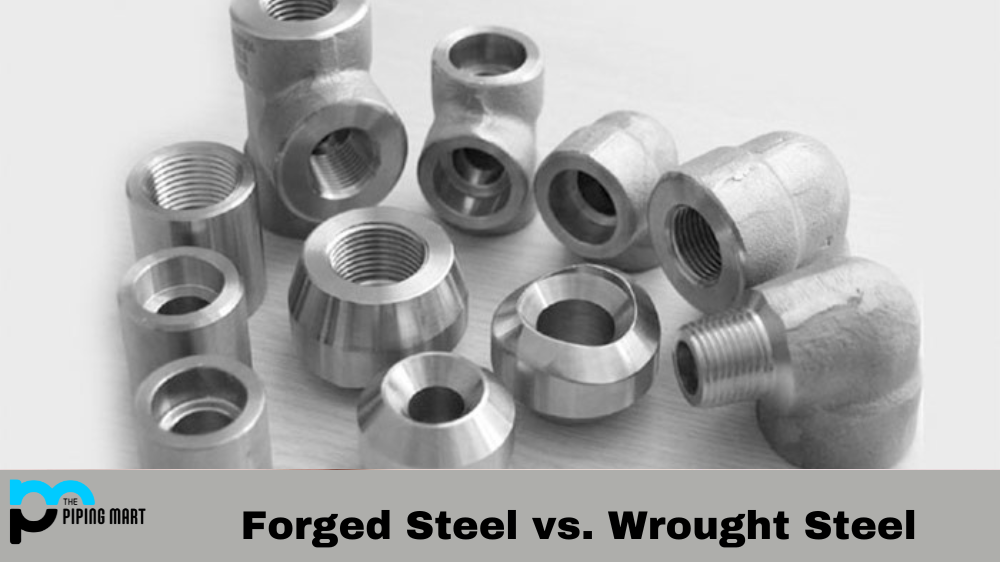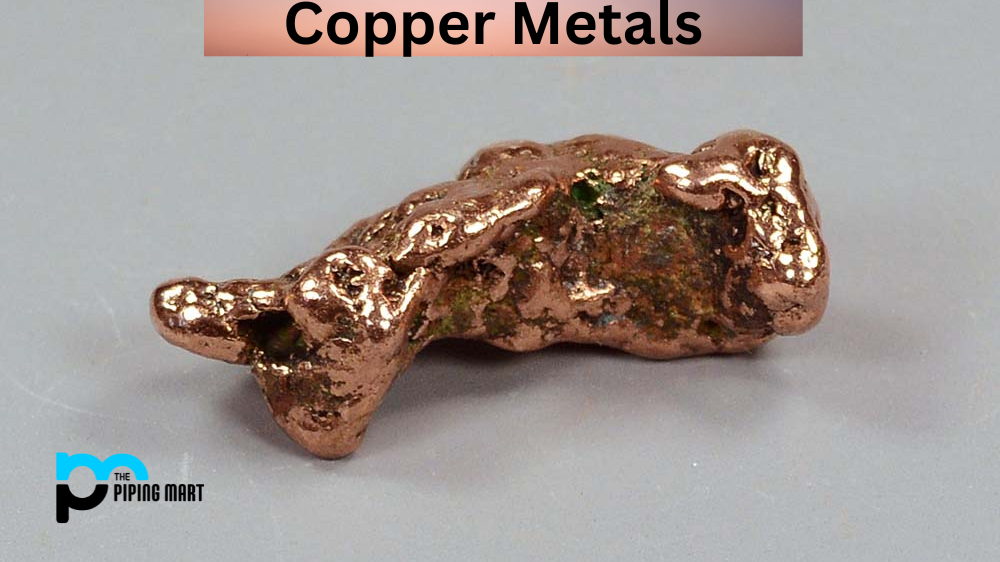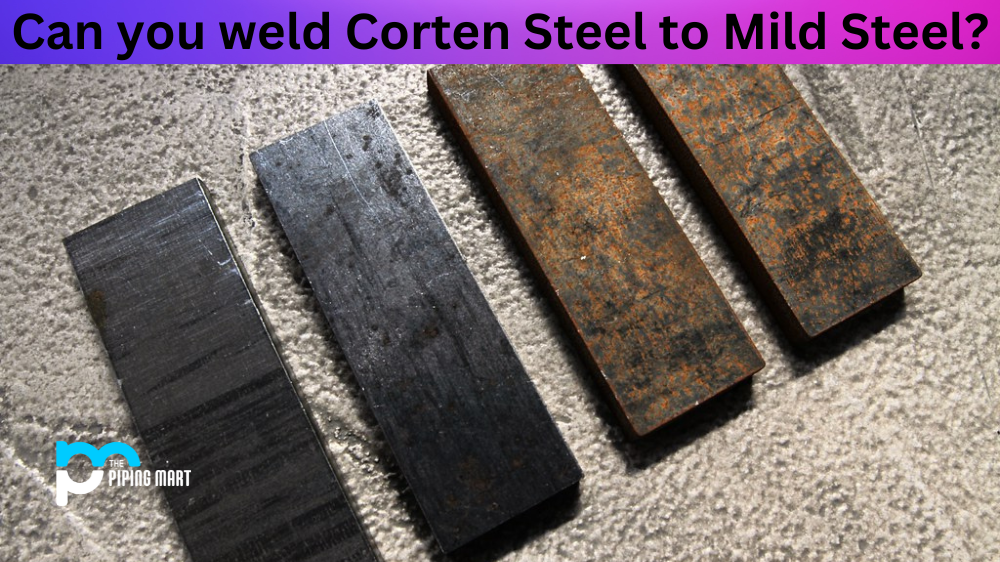If you’re in the metalworking or blacksmithing industries, you probably already know that various types of steel are available on the market. Two popular types are wrought steel and forged steel. But what’s the difference between them? Let’s explore this question in more detail.
Forged Steel
Forged steel is created when a blacksmith or metalworker uses extreme heat and pressure to shape a piece of raw steel into its desired form. This process is often done with a hammer or press. The result is a very strong material that can be used for various applications, from construction to artistry. Its strength can also be used for tools, knives, and other items that require great durability. One downside to using forged steel is that it can be difficult to work with due to its hard nature—you may need special tools or techniques to shape it properly.
Wrought Steel
Unlike forged steel, wrought steel is not created through intense heat and pressure but instead by rolling, extruding, hammering, drawing, and forging methods. This type of steel is often used for structural components since it has excellent corrosion resistance and high tensile strength. It also offers excellent weldability and formability so that it can easily be shaped into whatever design you need without too much difficulty. However, unlike forged steel, wrought steel does not offer as much durability since it has lower yield strengths than other steels.
Difference Between Wrought Steel and Forged Steel
Strength
One of the main differences between forged steel and wrought steel is their strength. Forged steel is typically stronger than wrought steel due to the fact that it has been heated and then hammered or pressed into shape. This process allows the steel to better retain its shape under stress, which results in a stronger final product.
Composition
Another difference between forged steel and wrought steel is their composition. Forged steel typically contains more carbon than wrought steel, which gives it a higher carbon content. The higher carbon content makes forged steel more brittle than wrought steel, but it also gives it a higher strength-to-weight ratio.
Uses
Due to their different properties, forged steel and wrought iron are used for different purposes. Forged steel is typically used for high-strength applications such as axles, crankshafts, and knives. Wrought iron is typically used for low-strength applications such as nails, wire, and fencing. Additionally, both types of iron can be used for decorative purposes such as in the construction of fences or the handles of knives.
Cost
Another difference between forged steel and wrought iron is their cost. Forged steel is typically more expensive than wrought iron due to the fact that it requires more processing steps to create. Additionally, forged steel often contains more expensive alloying elements than wrought iron
Conclusion
In summary, there are several important differences between wrought steel and forged steel that any metalworker or blacksmith should keep in mind before selecting which type to use for their project. Forged steel offers greater durability but requires special tools to work with, whereas wrought steel provides excellent corrosion resistance and formability but lacks the same level of strength as forged steel does. Ultimately, which type you choose will depend on your specific needs for your project; both types have unique strengths and weaknesses that should be considered when making your decision!

Pipingmart is B2B portal specializes in industrial, metal and piping products. Also, share latest information and news related to products, materials and different types grades to help business dealing in this industry.




